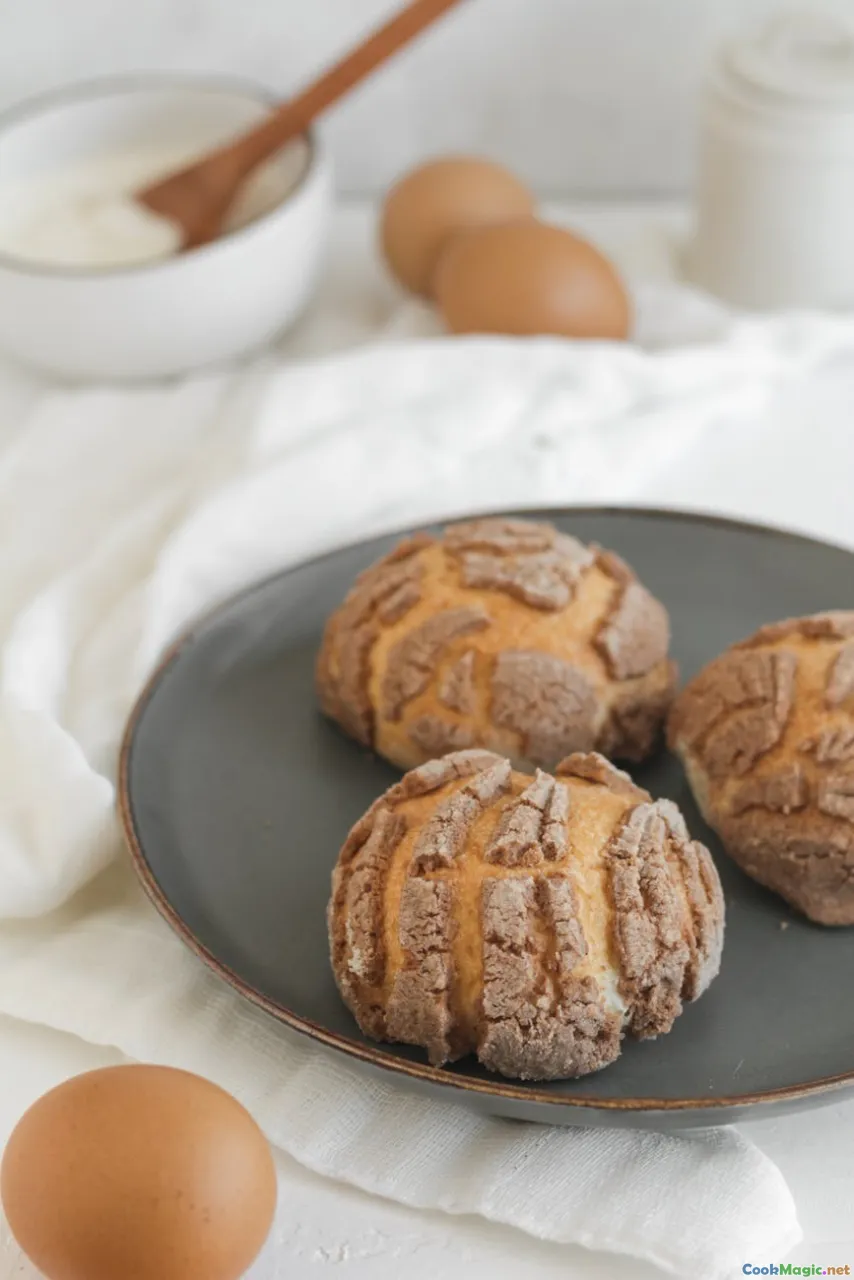The Art of Luxembourgish Baking
7 min read Discover the rich heritage and exquisite techniques behind Luxembourgish baking, from flaky pastries to hearty bread that tell stories of tradition. April 22, 2025 23:00
The Art of Luxembourgish Baking
Luxembourg, a tiny yet profoundly rich country nestled between Belgium, France, and Germany, is often celebrated for its picturesque landscapes and multilingual charm. However, beneath its modern veneer lies a deeply rooted culinary tradition, particularly in baking — an art form passed down through generations that embodies the country’s history, resilience, and cultural identity.
Introduction: A Taste of Heritage
Imagine the warm aroma of freshly baked Kachkéisbrout (cheese bread) wafting through a cozy Luxembourg kitchen, mingling with the crisp air of early morning. Baking in Luxembourg isn’t merely about sustenance; it’s a ritual, a way to connect with ancestors, celebrate seasons, and nourish community bonds. From flaky pastries to dense rye loaves, Luxembourgish baking showcases a harmony of influences and a dedication to craftsmanship that has stood the test of time.
Historical Roots and Cultural Significance
A Blend of Influences
Luxembourg’s geographical position has historically made it a crossroads of European culinary traditions. Its baking techniques reflect a melange of French finesse, German robustness, and Belgian delicacy. During the Middle Ages, monasteries and local farmers cultivated grains and herbs, developing recipes that balanced flavor, preservation, and practicality.
Traditional Celebrations and Baking
Special occasions — harvest festivals, religious holidays, and family gatherings — are often centered around baked goods. For instance, during Christmas, the aroma of Pâté (rich layered pastries) and spiced Kachkéis (cheese) breads fill homes with warmth and anticipation.
The Cornerstones of Luxembourgish Baking
The Bread: From Rye to Wheat
Luxembourg’s bread tradition is as diverse as its landscapes. Dense, hearty rye loaves (Rëibrood) are a staple in rural households, offering a robust, slightly sour flavor that pairs beautifully with cold cuts and cheeses. In contrast, softer wheat breads, often crusty and golden, are favored for sandwiches and breakfast.
Pastries and Pâtés
Luxembourg’s pastry scene is a delicate dance of flaky layers and sweet fillings. The Kachkéisbrout — a cheese bread with a crisp exterior and gooey interior — exemplifies the country’s penchant for combining savory ingredients with artisanal baking techniques. Another beloved pastry is the Pâté de Luxembourg, a multilayered, sweet or savory tart that showcases mastery in pastry art.
The Role of Butter and Dairy
Luxembourg’s dairy, renowned for rich, creamy milk and high-quality butter, plays a pivotal role in baking. Rich butter is essential for achieving the perfect flaky Pâté crust, while local cheeses give baked goods a distinctive flavor that’s both rustic and refined.
Unique Techniques and Recipes
The Art of Laminated Dough
Much like French pâtisserie, Luxembourgish bakers excel in creating laminated doughs — multiple thin layers of butter and dough folded repeatedly to produce a light, airy texture. This technique is fundamental in crafting Kachkéis pastries and other delicate treats.
Traditional Rye and Spelt Breads
The process begins with a natural sourdough starter, nurtured over days, developing complex flavors. The dough is shaped into rounds or elongated loaves, then baked in wood-fired or stone ovens to achieve that signature crust.
Sweet Pastries and Spiced Fillings
Luxembourgish sweet pastries often incorporate local fruits, nuts, and spices like cinnamon or nutmeg. The Kachkéis pastry, for example, combines a flaky shell with a sweet cheese filling, sometimes topped with powdered sugar or a drizzle of honey.
Personal Insights and Anecdotes
Growing up in Luxembourg, I remember my grandmother meticulously preparing Pâté for Sunday brunch, her hands expertly folding the buttery layers, infusing each pastry with love and tradition. The smell of baking bread was her way of welcoming the day — a ritual that connected generations.
In recent years, I’ve watched a resurgence of young bakers experimenting with traditional techniques, adding modern twists like infused herbs or gluten-free flours. Yet, at its heart, Luxembourgish baking remains a testament to patience, precision, and community.
Modern Luxembourgish Baking Scene
Today, bakeries across Luxembourg, from the bustling streets of Luxembourg City to quaint village shops, celebrate this heritage while embracing innovation. Artisanal bakeries pride themselves on sourcing local ingredients and reviving forgotten recipes.
Culinary festivals showcase Luxembourgish baked goods, inviting visitors to taste centuries-old recipes alongside contemporary creations. Chefs and home bakers alike aim to preserve the authenticity while exploring new flavors and techniques.
Conclusion: An Invitation to Experience
The art of Luxembourgish baking is more than the sum of its recipes — it’s a living tradition, a sensory journey into the heart of a nation that values craftsmanship, community, and history. Whether you’re biting into a flaky Kachkéis pastry, savoring a slice of dense rye bread, or simply inhaling the comforting aroma of freshly baked goods, you’re participating in a cultural dialogue that spans generations.
So next time you encounter a Luxembourgish bakery or try your hand at their recipes, remember: you’re holding a piece of history, crafted with passion and reverence for the art of baking. Embrace the tradition, celebrate the flavors, and let Luxembourg’s rich baking heritage inspire your culinary adventures.









